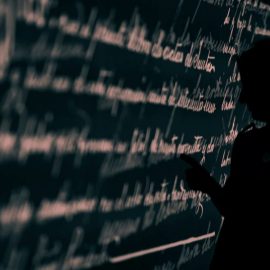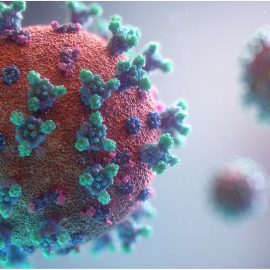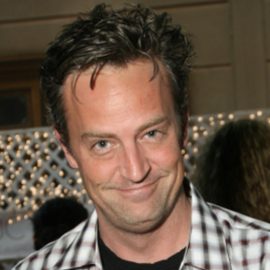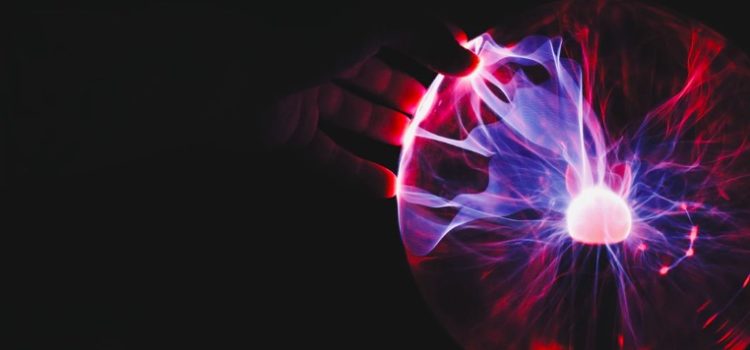
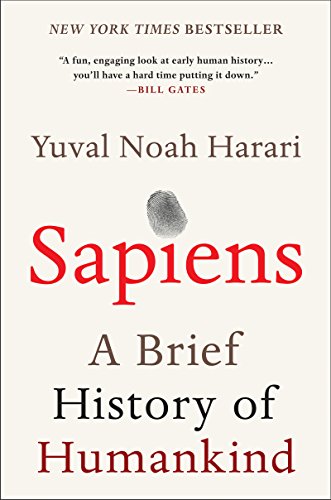
This article is an excerpt from the Shortform summary of "Sapiens: A Brief History of Humankind" by Yuval Noah Harari. Shortform has the world's best summaries of books you should be reading.
Like this article? Sign up for a free trial here .
In the future, intelligent design could replace natural selection through biological engineering. What is biological engineering?
Biological engineering is when scientists intervene with an organism’s biology to change its physical, behavioral, or emotional characteristics. For these reasons, biological engineering projects are often controversial.
We’ll cover examples of biological engineering that’s already happing and biological engineering plans for the future. We’ll also look at other ways intelligent design could replace natural selection.
Biological Engineering
This is when scientists intervene with an organism’s biology to change its physical, behavioral, or emotional characteristics. For example, in the past, we did this through castration: we could make a bull less aggressive or preserve a young boy’s soprano voice by removing his testicles.
Recent examples of biological engineering include:
- Genetically engineering E. coli to function as biofuel and insulin.
- Introducing worm genes into pigs, turning pork’s omega 6 fatty acids into omega 3s, therefore making pork healthier for humans to eat.
- Improving the memories and learning skills of mice.
Researchers are even planning to bring back to life species that are long extinct, including Neanderthals, an incredible feat of biological engineering.
But all biological engineering projects are controversial. Religious activists say man shouldn’t “usurp God’s role” by creating new species. Animal rights activists fight against the suffering caused to animals used in intelligent design experiments. Human rights activists worry that genetic engineering will lead to the creation of superhumans who could wield power over the rest of us.
It’s true that we’re on the brink of being able to tinker with genetically engineering humans. This could potentially turn us into a different species altogether. Many people have ethical objections to this possibility, but those objections probably won’t stand in the way for long. For instance, if we discover a way to cure Alzheimer’s that also happens to improve the memories of healthy people, will ethics and politics really be able to keep healthy humans from taking advantage of this discovery? Widespread biological engineering may be an inevitability.
DNA Mapping
Even though some of these advances in biological engineering are far in the future, we’re already dealing with the consequences of biological engineering, cyborgs, and inorganic life. Landmark advances in DNA mapping force us to ask questions now that will be even more relevant tomorrow.
It took fifteen years to map the human genome, but today you can have your DNA mapped in a few weeks. The ease cheapness of DNA mapping has brought personalized medicine, but it’s also brought ethical issues and new questions:
- Should insurance companies be allowed to ask for information on your DNA to check for predispositions for disease (or reckless behavior)?
- Could employers select employees based on DNA that indicates characteristics they want in an employee?
- If you develop a new species, can you patent its DNA sequences? For instance, you can own a chicken, but can you own an entire species of chicken? Would it be possible, in the future, to invent and own an entirely new species of human?
These questions will continue to be relevant as biological engineering advances.
Inorganic Life Engineering
Related to biological engineering is inorganic life engineering. This is when researchers create beings out of completely inorganic materials. This life could evolve independently of the person who created it. For example, computer programs that learn and evolve on their own would be examples of inorganic life engineering.
Computer viruses are the prototype for this type of being. Although they’re not intelligent, they can spread and multiply on their own, and even evolve. Mutations, either the result of an intentional or unintentional flaw by the virus’s programmer, can affect the virus’s evolution. If the mutation happens to be one that makes it easier for the virus to spread through the Internet and harder for it to be caught by antivirus programs, the virus will evolve into a “species” with these qualities.
Potential, imminent advances in this field make us question how we define “life.” If we can download the contents of our brains onto a hard drive and then run that hard drive on our laptops, does the laptop now “think”? Does it feel? If it does think and feel, is it you thinking and feeling (it’s your brain, after all). If it’s not you, who is it?
Currently, the most ambitious inorganic life engineering project is being conducted by the Human Brain Project. The team is working on creating a human brain inside a computer. If it succeeds, with all the neural networks of the brain exactly replicated with electronic circuits, is that computer a person?
These are questions we just don’t have answers to yet, because this is the first time in history we’ve had reason to ask them. As biological engineering and inorganic life engineering progresses, we’ll have even more reason to ask (and answer) them.
———End of Preview———

Like what you just read? Read the rest of the world's best summary of "Sapiens" at Shortform . Learn the book's critical concepts in 20 minutes or less .
Here's what you'll find in our full Sapiens summary :
- How Sapiens outlived and outlasted the 8+ other human-like species on Earth
- The 3 critical revolutions in human existence that led to our domination of the planet
- How much of what powers our world today is really just a shared mass delusion
- What the future of humanity might look like

